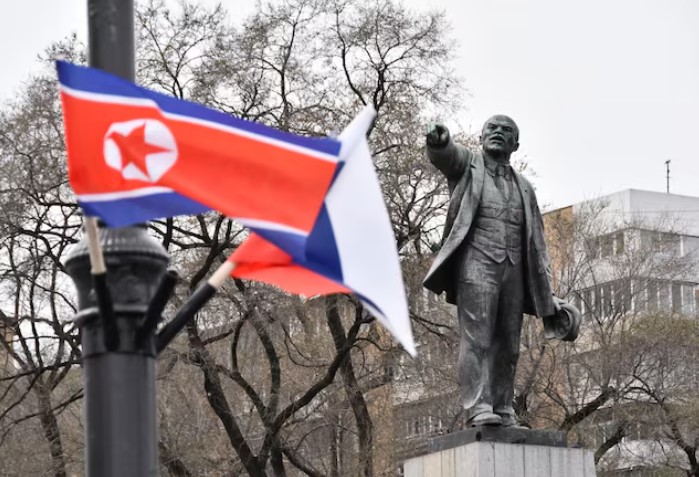
A delegation of elite military personnel traveled from the DPRK to Russia for training. This was reported by Reuters.
Main theses:
- The sending of elite military personnel from the DPRK to Russia for training indicates a deepening of cooperation between the countries in the defense sector.
- The signed treaty between Russia and North Korea on mutual defense raises concerns from the United States and South Korea.
- Iran has increased the production of ballistic missiles to transfer them to Russia, which poses a threat to the stability of the Middle East region.
- The expansion of Iran’s production facilities for missiles and drones indicates the danger of the spread of this technology in urbanized areas.
- The transfer of missiles and drones from Iran to Russia and other organizations underscores the need for international action to prohibit the proliferation of weapons in the region.
What is known about the DPRK sending elite military to Russia
According to the newspaper’s journalists, the North Korean military delegation is headed by Kim Geum Chol, a resident of the Kim Il Sung Military University.
It is noted that this is the first exchange of military personnel between the two countries.
During the meeting between dictators Vladimir Putin and Kim Jong-un, a Comprehensive Strategic Partnership agreement was signed, which includes an agreement on mutual defense.
This is a matter of concern for the United States and South Korea.
Washington and Seoul claim that North Korea is supplying weapons to Russia.
South Korean President Yun Seok-yol, who will attend the NATO summit in Washington this week, has warned Moscow of the negative consequences of friendship with Pyongyang for active economic relations between the two countries.
What is known about Iran’s assistance to Russia
According to the newspaper’s journalists, Iran has significantly increased the production of ballistic missiles at two of its own facilities as part of an agreement of October 2022, according to which these missiles will be transferred to Russia.
The newspaper’s journalists cite American analysts who have studied the satellite photos, as well as Iranian officials.
Currently, Iran’s missile stockpile is estimated at about 3,000 missiles and is the largest among other Middle Eastern countries.
Planet Labs satellite imagery of the Modarres military base in March and the Khojir production complex in April shows more than 30 new structures.
According to Geoffrey Lewis of the Middlebury Institute of International Studies, the new buildings were surrounded by earthen berms to prevent an explosion in one building from detonating in neighboring structures.
Lewis noted that the expansion began in Khojira last August and in Modarres in October.
Three Iranian officials confirmed on condition of anonymity that the facilities are being expanded to increase ballistic missile production. Some of the new buildings will also double the production of UAVs.
One of the Iranian officials disclosed that the drones and missiles will be sent to Russia, the drones to the Houthis, and some more missiles to Lebanese Hezbollah.

